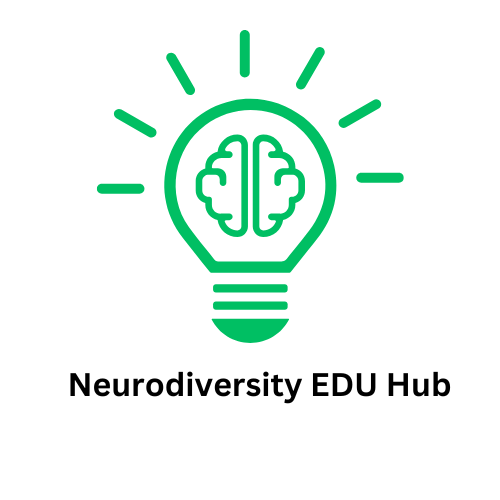
Rethinking Space Design: The Impact on ADHD Individuals
In our constantly evolving world, the interplay between environment and cognitive function is becoming increasingly clear. Especially for individuals with ADHD, intentional space design can offer substantial benefits. Let's explore how the set up of our spaces, the lighting we choose, and the scents we engage with can positively influence attention and productivity for those affected by ADHD.
The Importance of Space Set Up
Setting up a space with intentionality is crucial, particularly for individuals with ADHD. The placement of furniture, the organization of materials, and even the path of movement within a room can greatly influence focus. As detailed by Stephanie Scheller in her insightful exploration of space design, prioritizing clutter-free zones is essential. Spaces that are organized and uncluttered tend to be less distracting, allowing ADHD individuals to concentrate better on tasks at hand.
Research has shown that when the layout is tailored to minimize distractions—such as ensuring clear sightlines to important focal points like a presentation or writing surface—individuals may experience improved engagement. The optimal arrangement not only fosters productivity but also establishes a more inviting environment conducive to learning and creativity.
Lighting: The Overlooked Element of Focus
Lighting plays a tremendous role in shaping our experience of a space. Natural lighting has been found to significantly enhance mood and concentration. For individuals with ADHD, spaces bathed in natural light not only promote alertness but also combat feelings of lethargy that can arise in dimly lit areas.
Studies, including those by experts like Joan Meyers-Levy, reveal that brighter environments can enhance cognitive performance, allowing ADHD individuals to process information more effectively. The ability to adjust lighting—whether through dimmable fixtures or strategic window placements—opens possibilities for creating spaces that align with varying needs throughout the day.
Engaging the Senses: Aromas for Attention
The use of scents is a fascinating and often underutilized tool in leveraging space design for those with ADHD. Scents have the power to evoke emotions and influence cognitive processes. For instance, peppermint and rosemary have been shown to boost memory and concentration, while lavender can provide calming effects during stressful moments.
By incorporating essential oils or scented candles into workspaces, educators and parents can offer ADHD individuals a sensory anchor, helping them focus and navigate their tasks more efficiently. This makes it vital to create an environment that aligns the olfactory senses with the demands of the space.
Real-Life Applications: How Educators Can Make Changes
For education professionals working with ADHD students, applying these findings can be transformative. It starts with assessing the current classroom setup. Consider engaging with your students about how they feel in the current arrangement. Are there areas that seem consistently chaotic? Do natural light sources exist, and are they being utilized? Taking actionable steps, like rearranging desks to allow for more daylight, or designating a quiet corner with aroma therapy resources, can yield significant results in student engagement and performance.
Conclusion: Making Intentional Choices for Improved Learning
By prioritizing intentional space design in classrooms and workplaces, we can create environments that not only recognize the unique challenges faced by individuals with ADHD but also empower them to thrive. Through thoughtful space setups, strategic lighting, and engaging scents, educators and leaders can pave the way for successful learning experiences.
As you consider the design of your own space, reflect on how these elements might enhance your productivity or the focus of those around you. Each small adjustment could lead to substantial improvements in cognitive function and well-being.
 Add Row
Add Row  Add
Add 




Write A Comment